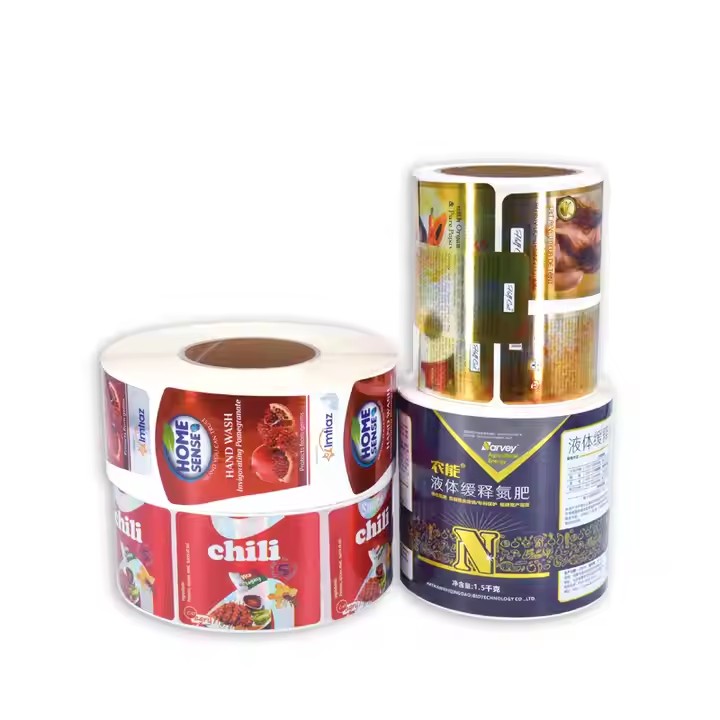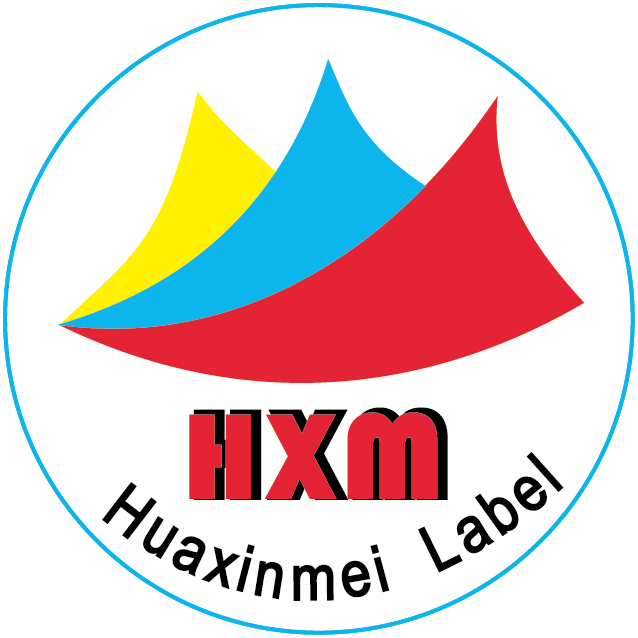Improve Product Quality and Innovation
Strict Quality Control
Follow international quality standards, such as relevant certifications like ISO, to ensure that products reach high quality in aspects like materials, printing, and adhesiveness. Just like world-renowned brands such as 3M, win the trust of overseas customers with stable and reliable quality. There are certifications for labels both at home and abroad. Only by passing these certifications first can the products be convincing.
Strengthen R & D Investment
Pay attention to the demands and trends of overseas markets and develop customized labels that are environmentally friendly, durable, and multifunctional. For example, develop labels made of degradable materials to meet the high environmental protection requirements overseas; launch intelligent labels with functions like anti-counterfeiting and traceability to increase the added value of products. In recent years, foreign consumers have attached great importance to environmental protection awareness. Therefore, in terms of the materials used for labels, environmentally friendly materials should be used as much as possible, because consumers tend to choose products with a stronger environmental protection inclination. We should conform to the development of the times and the trend of the times.‘’

Shape Brand Image
Brand Positioning and Cultural Connotation
Clarify the brand positioning, such as high-end quality, cost-effective choice, or innovation leadership. Incorporate Chinese cultural elements like Chinese characters and traditional patterns to endow the brand with unique cultural charm. Just like Huaxizi, which takes the Oriental aesthetics as its brand concept and stands out in the overseas market. Huaxizi has made exquisite pattern carvings on its lipsticks, making female consumers feel that the product design is very elaborate and considerate from the perspective of female consumers.
Brand Story and Communication
Tell stories about the brand’s development process, values, and mission, and spread them through channels such as social media, corporate official websites, and offline activities to arouse the emotional resonance of overseas customers and improve the brand’s popularity and reputation. Regarding how to make consumers remember the products better, it is necessary to design good stories, determine the sales forms, and figure out how to expand the market as much as possible.
Optimize Marketing Strategies
Market Research and Segmentation
Gain an in-depth understanding of the market demands, competition status, and consumption habits in different overseas regions and industries. Segment the market and formulate personalized marketing strategies for target customer groups. For example, the European and American markets focus on environmental protection and design sense, while the Southeast Asian market is more sensitive to price. Adjust the product and promotion focuses accordingly.

Multi-channel Promotion
Utilize multiple online and offline channels. Online channels include search engine optimization (SEO), social media marketing, and promotion on cross-border e-commerce platforms; offline channels include participating in international label printing exhibitions, holding product launch conferences, and cooperating with local dealers, etc., to display products and brands in all aspects. For example, release industry insights and product information on professional social platforms like LinkedIn to attract overseas B-end customers.
Customer Relationship Management
Establish a perfect customer relationship management system and provide high-quality pre-sales and after-sales services. Reply to customer inquiries in a timely manner, solve problems, conduct regular return visits to collect feedback, improve products and services, and improve customer satisfaction and loyalty.

Expand Sales Channels
Cross-border E-commerce Platforms
Enter mainstream cross-border e-commerce platforms such as Amazon, eBay, and AliExpress. Leverage the platform’s traffic and resources to quickly reach overseas customers and expand the sales range.
Cooperation with Overseas Dealers
Look for local powerful dealers and agents, and utilize their sales networks, channel resources, and market experience to promote products in the local market. For example, cooperate with local packaging material dealers in Europe to enter the retail and industrial markets of various European countries.
Establishment of Overseas Branches
Set up branches in overseas markets with large demands and high development potential. The branches are responsible for sales, after-sales services, and market expansion. They can better understand market dynamics, quickly respond to customer needs, and enhance the brand’s influence in the local area.
Deal with Cultural and Regulatory Differences
Adaptation to Cultural Differences
Study the cultural characteristics of the target market and avoid cultural conflicts in product design, packaging, and publicity. Make appropriate adjustments and optimizations. For example, the selection of elements such as colors, patterns, and texts should conform to local cultural customs.

Regulatory Compliance
Be familiar with the regulations related to labels in various overseas countries, such as environmental protection requirements, safety standards, and product identification regulations, to ensure the compliant sales of products. For example, the REACH regulation of the European Union has strict requirements for the registration, assessment, authorization, and restriction of chemicals. Labels exported to the European Union need to comply with this regulation.


